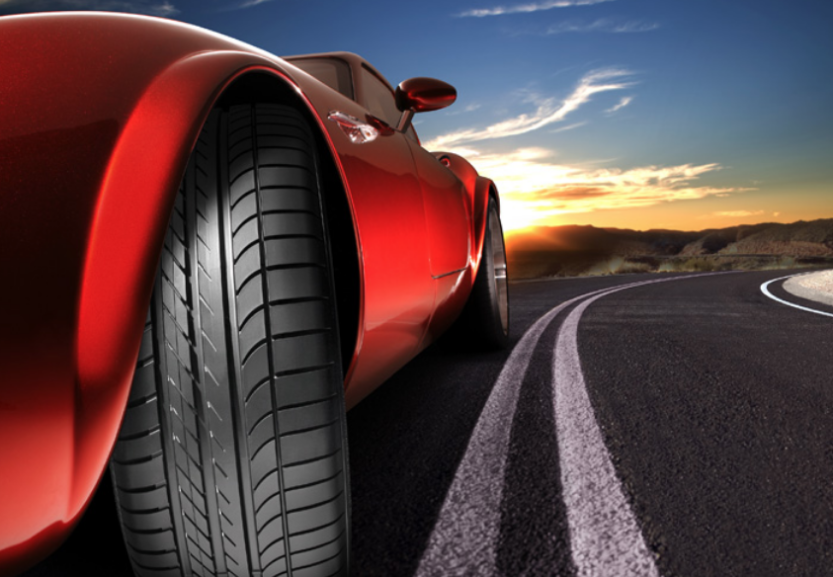
If you’re like most consumers, you likely purchase tires only slightly less often than you get married or shop for a new mattress. Additionally, it’s likely that every time you do buy tires, you’re buying them for a different vehicle, meaning your needs change each time you shop.
Toss into this mix the fact that shopping for tires is a lot less fun than shopping for, say, a new big-screen TV, and you have a major-purchase project that’s more than a little likely to break bad.
It’s easy to forget just how important tires are. Simply put, tires are the only contact point between you, your 4,000-pound 300-horsepower car, and the ground. Every move your car makes—accelerating, braking, turning, and traveling at sustained speed—is dependent on the four neglected, forgotten, rubber donuts at each corner of your ride.
The point is this: When you need new tires, take the time to get exactly what you need. Your comfort and safety depend on you making an educated purchase decision. For some pointers on beginning this process, we turned to Kurt Berger, Bridgestone Americas’ manager of consumer sales engineering.
We asked Kurt to identify the three biggest mistakes tire shoppers typically make. Here’s what he shared with us:
Mistake No. 1: not identifying real needs
Some tire shoppers assume that a performance-oriented tire must logically be the best tire, but according to Berger that’s rarely the case. “People who will actually be best served by high-performance tires may be in the minority,” he notes. “Choosing a performance tire can mean making tradeoffs in comfort and quietness for enhanced handling capabilities. A touring-type tire may better serve the needs of typical drivers.”
To be sure you get the tires you actually need, Berger recommends working with a retailer who will ask you the right questions. According to Berger, “A good salesperson will ask you about your satisfaction with your current tires. That’s the place to start.”
You can prepare for your tire-shopping project by asking yourself how important each of the following tire qualities are to you:
• Dry traction
• Wet traction
• Tread life
• Fuel efficiency
• Winter performance
• Noise
• Ride comfort
• Warranty
Berger notes that countless message boards and manufacturer websites can help you begin shopping. Especially recommended are tiresafety.com and Bridgestone’s own bridgestone.com.
Mistake No. 2: shopping by price alone
Obviously, price plays a factor in every purchase a consumer makes, but as Berger notes, “Premium tires can represent the best real value.”
“Tires can be viewed as all being the same, especially because they can look similar—but they’re really not,” Berger says. “Not only can a good set of tires elevate a car’s performance, comfort, and safety, but better warranty coverage and improved tread life can reduce costs in the long run.”
Again, a good salesperson will be able to clearly define the benefits of any tire you’re considering, regardless of the price point.
Mistake No. 3: going low speed
Most passenger-car tires sold in the U.S. are speed rated. The speed rating indicates the maximum speed a properly inflated tire will withstand for an indefinite period of time. But the rating means much more than that.
“No one that doesn’t want to go to jail approaches these speeds,” notes Berger, “but that doesn’t mean you don’t need to replace your tires with ones of the same speed rating as originally equipped.”
Berger calls the speed rating a “performance rating,” noting that the rating suggests a great deal about how the tire will perform at lower speeds as well.
“Going with a lower speed rating may leave you with a vehicle that will outperform the tires,” he says. “It’s a compromise that may not be worth the money you save.”
Simply put, a tire with a higher speed rating is a tire designed to enhance handling capability at all speeds.



